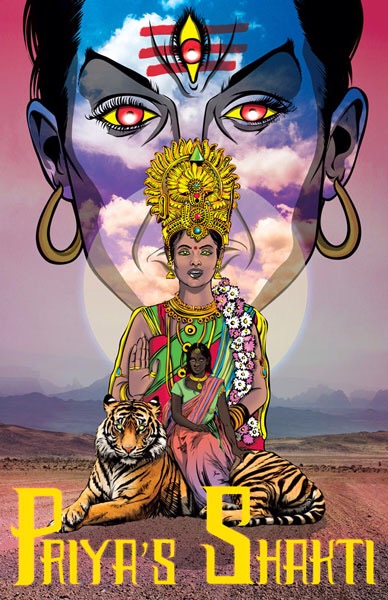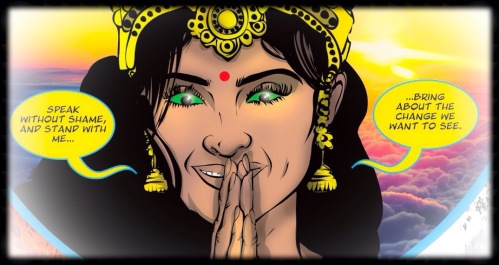An extremely evocative cross section of Delhi’s photography exhibition ‘Indian Women through the Ages’, taken between the 1850s and 1950s, is available on the BBC website .
The image below shows a Muslim dancing girl, taken in 1900. I can only wish the full range of pictures are available online or at least in a book of the exhibition.

So many Victorian writings and imagery from the Raj focus on the men of the culture. It was partly because of selective and biased writing, though there was a plethora of intrepid British women travellers who broke with convention by going into the Deep Interior by themselves and writing about their experiences. It was also common for Western photographers to not be allowed entrance in women’s quarters, daily affairs or sections of a household.
Fred Bremner, another famous Victorian photographer from Scotland, captured hundreds of people and daily Indian situations. Some of these were on display in a Scottish National Portrait Gallery exhibition ‘From Lucknow to Lahore’ in 2012-2013. They were fascinating, but it was his wife who let into several courts and zenannas to take images of the women and there was only one photograph taken by her in the exhibit. My keenest wish is for all of Mrs. Bremner’s photographs to become available one day!
 The Begum of Bhopal, photographed by Bremner’s wife, as featured on the Portrait Gallery’s exhibition poster.
The Begum of Bhopal, photographed by Bremner’s wife, as featured on the Portrait Gallery’s exhibition poster.
From the ‘Picturing India with Bremner’ article on the Traveller’s India website: “Fred Bremner married around 1902, and his wife — he does not disclose her name — ‘gifted with good taste, was greatly interested in the art of photography and gave every attention to reception room duties as well as applying her hand to use of the camera on the occasion of photographing a Purdah [i.e. ‘behind-the-veil’ lady whose face… men are not allowed to look upon’. She even assisted Bremner in photographing noblewomen. ‘The Begum of Bhopal was visiting Simla and Her Highness expressed a wish to Mrs. Bremner that she would like some photographs of herself to be taken at Bhopal. All arrangements were made and during the summer… we found our way to Bhopal, which was a long and somewhat weary journey from Simla. However, all went well, resulting in my wife securing some photographs of Her Highness in State dress which gave her every satisfaction’. Bremner also noted that ‘on several other occasions Mrs. Bremner had the pleasure of photographing Indian ladies of the Harem’. “



